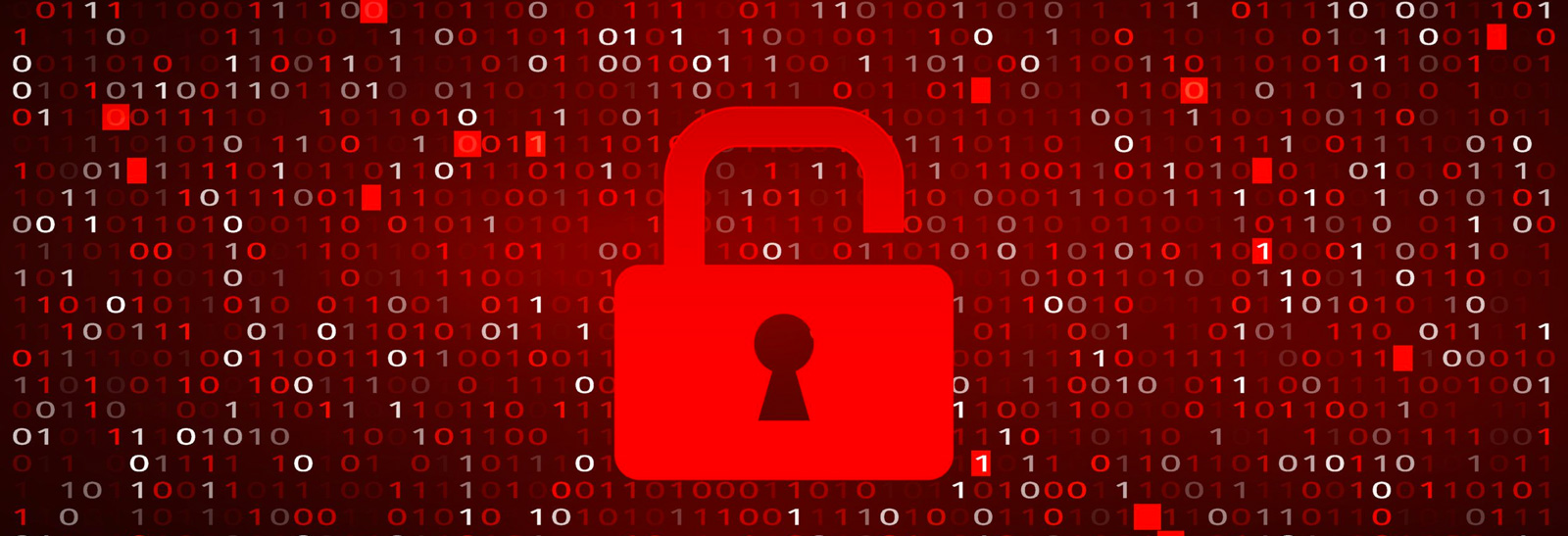
History of Cybersecurity
Cybersecurity has been around for many years now and has been a significant part of technology with the increase of computer systems, improvements on the internet, and wireless networks like Bluetooth and Wi-Fi. It is without a doubt that the internet as a whole can be described as complex and intricate, and with this cybersecurity becomes a major challenge in the contemporary world. With the evolution of both cybersecurity and technology, we have criminals, or so-called ‘bad actors’, that look to exploit weaknesses in the system. So let’s take a step back and understand the history of cybersecurity.
The 1940s
With the birth of the first digital computer in this decade, the idea of cyberattacks was almost nonexistent due to the complexity of electronic machines that were limited to small numbers of people as well as the knowledge on how to create a threat. However, it was in the 1940s that the idea of ‘computer viruses’ became public as John von Neumann speculated that computer programs can be reproduced and be exploited.
The 1950s
Technology started to slowly evolve and the roots of hacking became somewhat relevant with telephones and computers advancing. The term ‘phone phreaking’ emerged when ‘phreaks’, people with interest in working phones, hijack protocols that allowed telecoms engineers to tweak the network to make free calls or avoid long-distance tolls. Since it was still early with technology, phone companies found no way of stopping phreaks.
The 1960s
The first reference to hacking was found in the Massachusetts Institute of Technology’s student newspaper. Computers at this time were still known as huge mainframes and found locked away in a secured temperature-controlled room. These computers were expensive at the time which meant that even programmers may have limited access to them. However, there were sudden attacks of hacking by some with access, mostly by students. These attacks had no benefits at the time and were done to find improvements in the systems to make them work quickly and efficiently. Students were given access to try out the computers to find flaws in the system and understand the language to see if there are any cut-throughs in the system itself. Throughout the years as computers started to reduce in size and cost, companies started to invest in technology for data storage and improved systems. This was when passwords were not introduced as storing them under lock and key became relatively unimportant.
The 1970s
The birth of cybersecurity began in the 1970s when a researcher, Bob Thomas, created a computer program called “Creeper” that could move across ARPANET’s (The Advanced Research Projects Agency Network) network that would leave breadcrumb trails wherever it went in the system. The inventor of email, Ray Tomlinson, then wrote a program called ‘Reaper’ which would chase and deleted Creeper. Reaper was the very first example of antivirus software and the first self-replicating program. The technology needed to be protected due to the reliance on computers and networking, which was when governments invested in securing access to data and systems.
The 1980s
With the introduction of antivirus software in the 1970s, then came the birth decade of commercial antivirus software. The 1980s saw an increase of high-profile attacks in the systems including National CSS and AT&T. During the time of the Cold War, the threat of cyber espionage evolved and the US Department of Defense published “The Orange Book” that provided guidance on security measures.
The 1990s
It was in this decade that the internet started to become available to the public and a ton of personal information was displayed online. With the rise of antivirus scanners hitting the markets, cybercriminals started responding to show new and innovative techniques to create viruses and malware in the system. Organized crime entities found the idea of stealing data from the people and government as a source of income and revenue which led to the high demand for protection and antivirus programs.
The 2000s
Threats started to multiply in the 2000s with crime organizations forming to heavily fund professional cyberattacks which forced governments to enhance their protections while also enforcing laws of the criminality of hacking, giving more serious sentences to those culpable. Although serious sentences and laws were implemented, high-profile attacks and infiltrations were still known.
The 2020s?
This is the new generation and with technology being at the top level, the cybersecurity industry has grown at light speed making the global cybersecurity market size forecasting at around $350 billion by 2026. Ransomware is the most common threat to any organization today and will continue to increase as years go by. It is vital that individuals educate themselves about cybersecurity as simple principles can go a long way in protecting your data with the internet being at the forefront of today’s world.
Pimclick is a digital marketing agency with expertise in cybersecurity and website development. With the explosion of digital transformation today, Pimclick has mastered the key elements to improving your cybersecurity with security quality, front and back end coding, and web development. If you are looking for more information, contact us.




Sorry, the comment form is closed at this time.